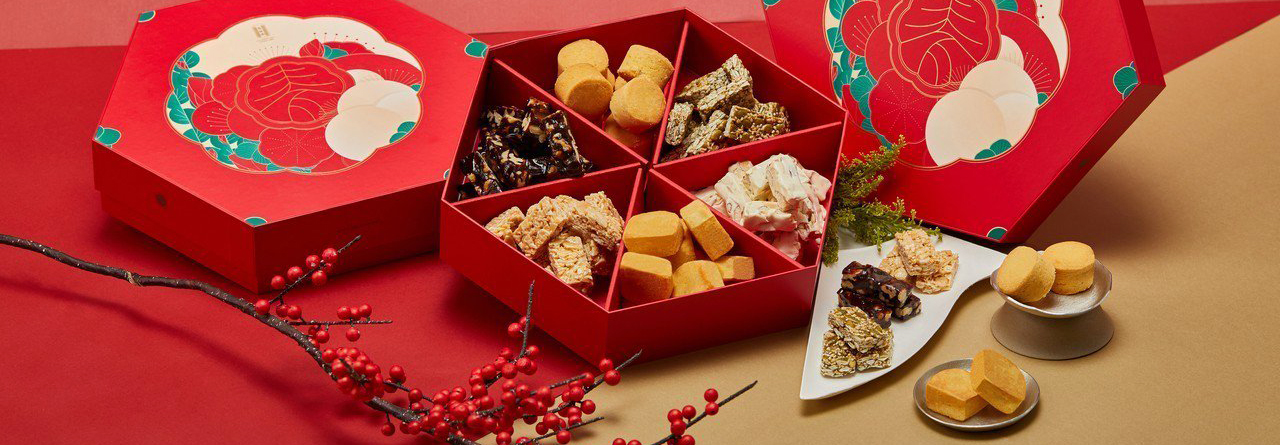
As the most important Chinese festival, Chinese New Year is always festive and ceremonious. Chinese people always prepare all sorts of goods, among which snacks are necessary. These snacks are picked not only for their delicious tastes but for the auspicious meanings they represent. Let’s learn 28 essential Chinese New Year Snacks and the good wishes they bear.
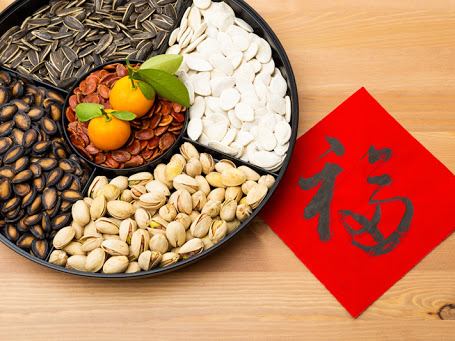
A sunflower usually has numerous seeds, which bears people’s wish of having more sons and grandsons for their family. In some areas, sunflower seeds are scattered on the newly-weds bed on the wedding night, hoping newly-weds have more children. During the spring festival, people are free from work and relaxed. They often have sunflowers seeds while chatting with others and watching television to kill time. Besides the sunflowers seeds, watermelon seeds, pumpkin seeds, and gourd seeds are also great snack choices.
Peanuts are available every season. People eat them for their auspicious meaning of the endless circle of life, rich nutrition, and yummy taste. Several flavored peanuts include boiled salty peanuts, crispy peanuts, fried peanuts, peanuts seeds, etc.
Chinese date (枣) in Chinese is pronounced Zao, which is the same as 早 (early). Chinese people eat Chinese dates in the hope of getting rich and wealthy early. Besides, Chinese date is good for health, especially for women. The Xinjiang Chinese date is the best.
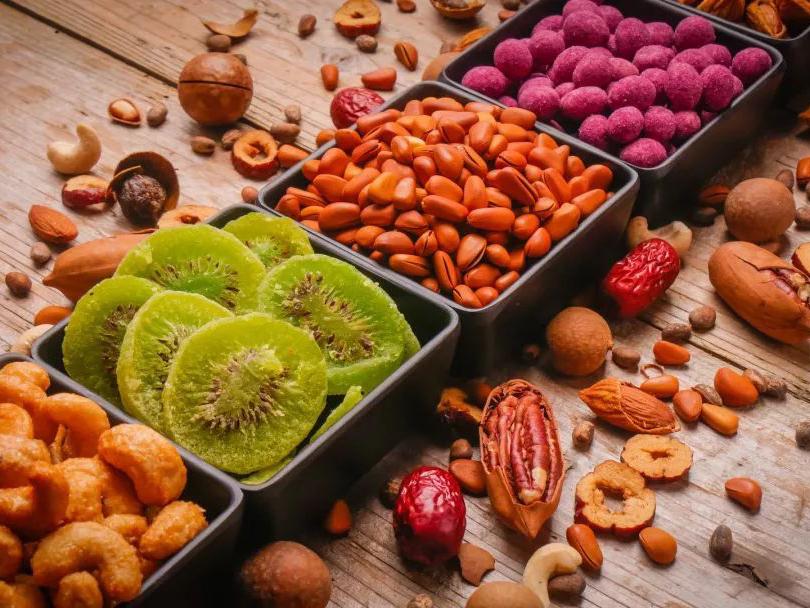
Walnuts are not only nutritious but imply a happy family. During the Chinese Lunar New Year, walnuts are indispensable. Some people even send walnut as a gift. The best walnuts in China are produced in Xinjiang.
The Cashew nuts in Chinese are called 腰果, which has the same first character as 腰包 (pocket). Having them bears people’s wish of getting rich and roll in wealth. Besides, cashew nuts are crispy and tasty.
In ancient times, people often scatter Chinese dates and chestnuts in the chamber of newly-weds, wishing them to have a son soon. In modern days, people love chestnuts for their rich nutrition and delicate taste. 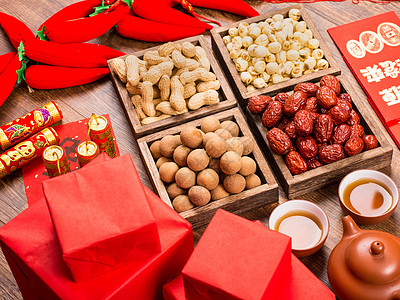 One can eat raw chestnuts directly, or boil, fry them or add them into dishes.
One can eat raw chestnuts directly, or boil, fry them or add them into dishes.
Pistachio nuts are a popular snack in China; they are crispy and fragrant. As the Chinese name for them is Kai Xin Guo, meaning happy nuts, Chinese people buy them also for the good meaning of happiness. However, most pistachio nuts are produced overseas. Thus, they are quite expensive, about 100 RMB/kilo.
The name of grapefruits in Chinese is You Zi (柚子), which has the same sound of 佑子 (bless children).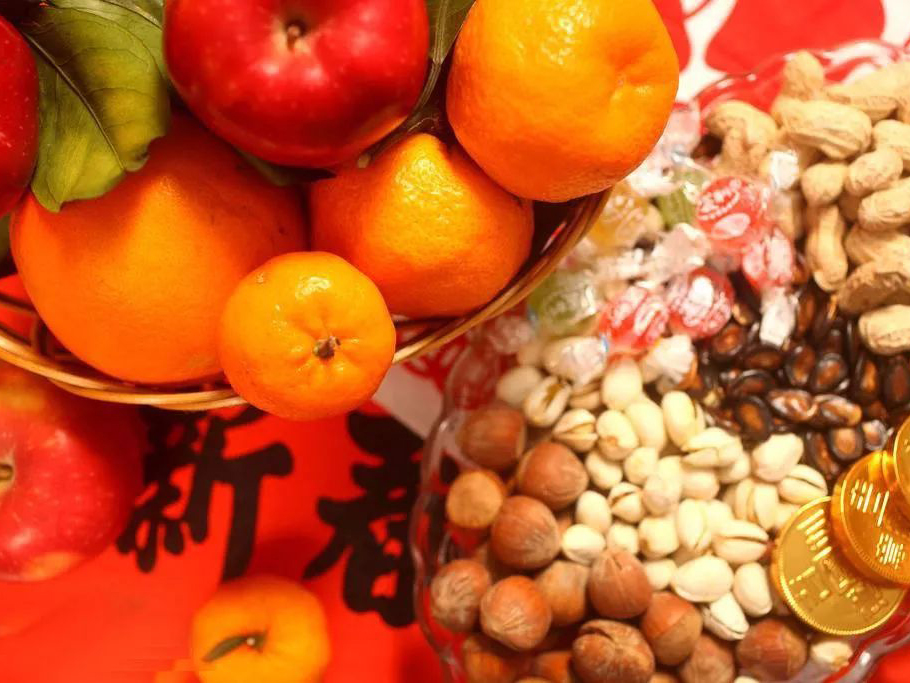 Many elders like to buy them for the spring festival in the hope of their children being blessed. Besides, grapefruits are good for clearing heat and cleansing the palate.
Many elders like to buy them for the spring festival in the hope of their children being blessed. Besides, grapefruits are good for clearing heat and cleansing the palate.
The pronunciation (Ju) of orange in Chinese is homophonic to Ji (吉), which means auspiciousness. Besides, oranges are a winter fruit; they are sour-sweet, juicy, and relatively cheap. However, be careful not to have too many of them; otherwise, you may get inflamed.
Longans are a bright fruit representing reunion. Children love them, but they can't have too much. It's suggested women eat longans more for invigorating blood.

Pitayas have only become popular in recent years, especially the red pitayas, symbolizing a prosperous life. Besides, pitayas are juicy and tasty.
Apples are very common in China. They are sweet, juicy, and crispy and have an auspicious meaning of safe and sound. They are very common in the fruit platters during the Chinese spring festival.
The pomegranate trees bloom in summer and bear fruit in Autumn and Winter. Pomegranates have numerous seeds like sunflowers, also symbolizing having more children and grandchildren. Therefore, people who want sons often prepare pomegranates at home.
The Chinese pronunciation (Shi) of persimmon is the same as that of 事 (things). It bears the good wish of everything going well. Besides, persimmon fruits are born in late Autumn when other trees are withered. People take it as an auspicious sign of everything will finally pay off if they hold on to the last.
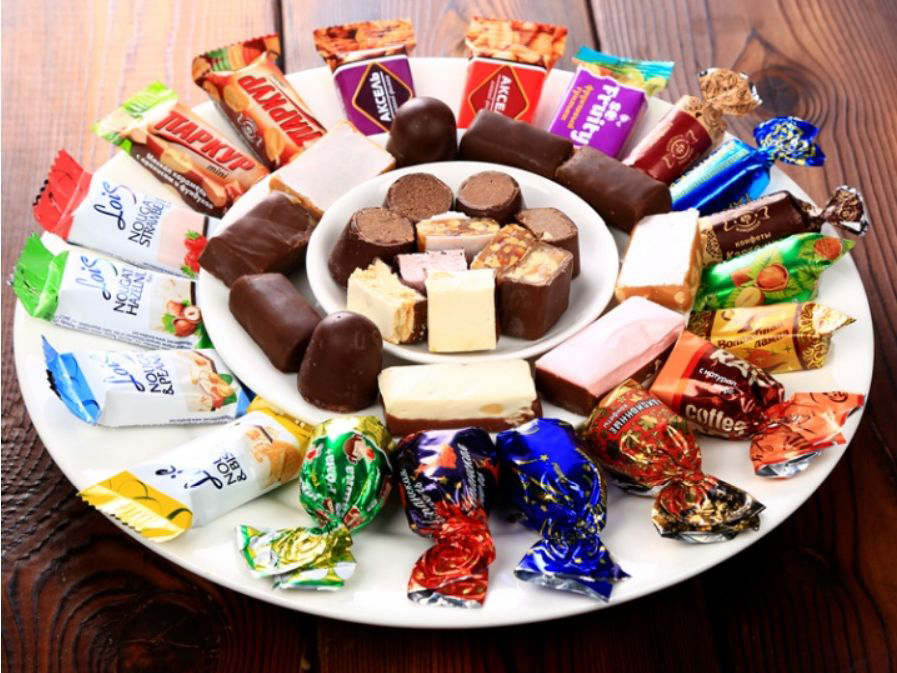
Chinese people have sweets during the Chinese New Year because they want to have a sweet and happy life in the new year.
Traditional Chinese Sweets
Although candied haws are not technically sweets, they do taste sour-sweet and very delicious. The hawthorn ball kebabs are drizzled and coated with malt syrup. The sweetness of the malt syrup and the sourness of hawthorn make a great combination. The hawthorn halls can also be replaced by orange pieces, walnuts, or grapes. It's still popular among children and young people.
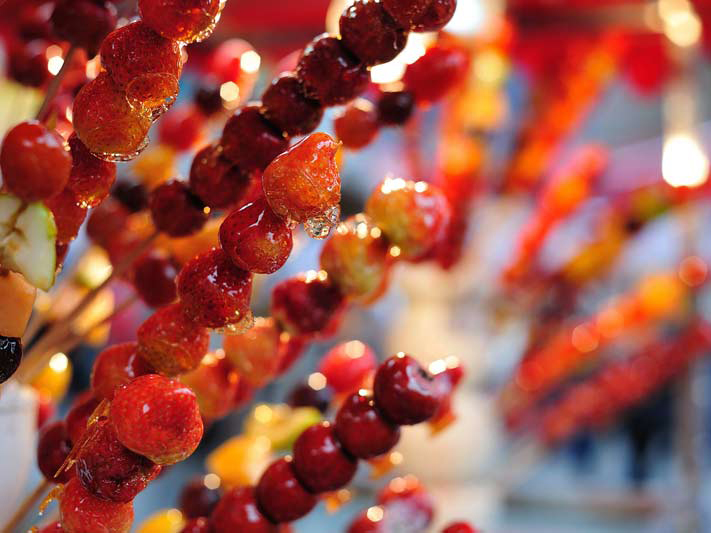
Though not common nowadays, it's a traditional sugar. Before the Chinese new year's eve comes, there is a "little year" (小年) on lunar Dec.23 (Xiao Nian date in north China) or Dec.24 (Xiao Nian date in south China) that shows the official beginning of the Chinese spring festival. It's said that the Kitchen God reports the earthly events of the whole year to the Jade Emperor on that day. To make sure the Kitchen God says something sweet, people used to offer malt candy to the Kitchen God. In modern times, this tradition gradually disappeared, along with which disappears the malt candy.
It was a winter treat in old times. Some old artists often sit behind a table and make all kinds of figures or shapes out of fluid malt syrups. Rather than the candied figure itself, people more liked to enjoy the process of artists making them. The malt syrups are made into various shapes by blowing, squeezing, stretching, and using chopsticks or tooth-sticks. During the Chinese new year, most of them are inauspicious zodiac shapes.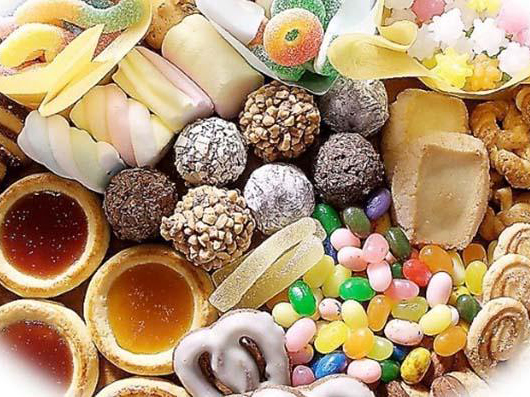
Peanut candy is an old candy in China. It is made from peeled peanut and saccharose and tastes crunchy, sweet, and with peanut fragrance. It's most cut into rectangular pieces; having it is like having a piece of cookie.
White Rabbit Milk Candy is a milk candy brand in China that prevailed for decades and became classic and popular among all ages. It is chewy and strongly milk- flavored.
Chocolate coins are chocolate made into coin shape and wrapped with gold foils. People have them in hopes of having more wealth. It's delicious, but with high calories, be careful not to overeat.
They were very common in the 1920s, but it becomes expensive now, especially the handmade nougats.
Unlike any other candies, fruit jelly is soft and fruit-flavored, very suitable for elders. There are many flavors like apple-flavored, orange-flavored, grape-flavored, and hawthorn flavored. If you buy such candy, be careful not to choose ones covered with white sugars.
Hard candy is one of the oldest and popular candies in China. There are many kinds of hard candies, but the most famous one must be Alpine hard candy. It is sweet and slight-flavored. Even people who don't like sweets can have one or two Alpine candies.

Hard candy is one of the oldest and popular candies in China. There are many kinds of hard candies, but the most famous one must be Alpine hard candy. It is sweet and slight-flavored. Even people who don't like sweets can have one or two Alpine candies.
Glutinous rice cake is made in the shape of a ball, symbolizing reunion. It’s prevalent in south China. Made from glutinous rice, sesame, and white sugar, the glutinous rice cake tastes soft, waxy, and sweet.
New year cake is a traditional Chinese new year food in south China, especially in Guangdong. 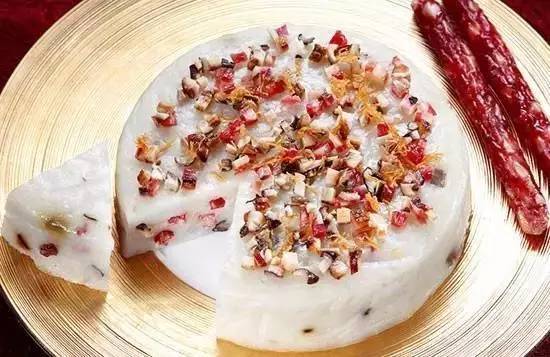 Even if they don’t eat the new year cake, southern Chinese still prepare it for its auspicious meaning of getting better year by year. It is made of glutinous rice and shaped into rectangular. Cantonese people like to slice it into pieces and fry, making it more fragrant, soft, and sweet. Some people even made the fish-shaped new year cake, adding the other good wish of having enough to spend every year (年年有余).
Even if they don’t eat the new year cake, southern Chinese still prepare it for its auspicious meaning of getting better year by year. It is made of glutinous rice and shaped into rectangular. Cantonese people like to slice it into pieces and fry, making it more fragrant, soft, and sweet. Some people even made the fish-shaped new year cake, adding the other good wish of having enough to spend every year (年年有余).
Having sweet dumplings during the spring festival shows people’s good wishes of happiness and reunion. Many southerners like to have sweet dumplings on the first day of the lunar Chinese new year and the Lantern Festival date. While northerners only have them during the Chinese Lantern Festival.
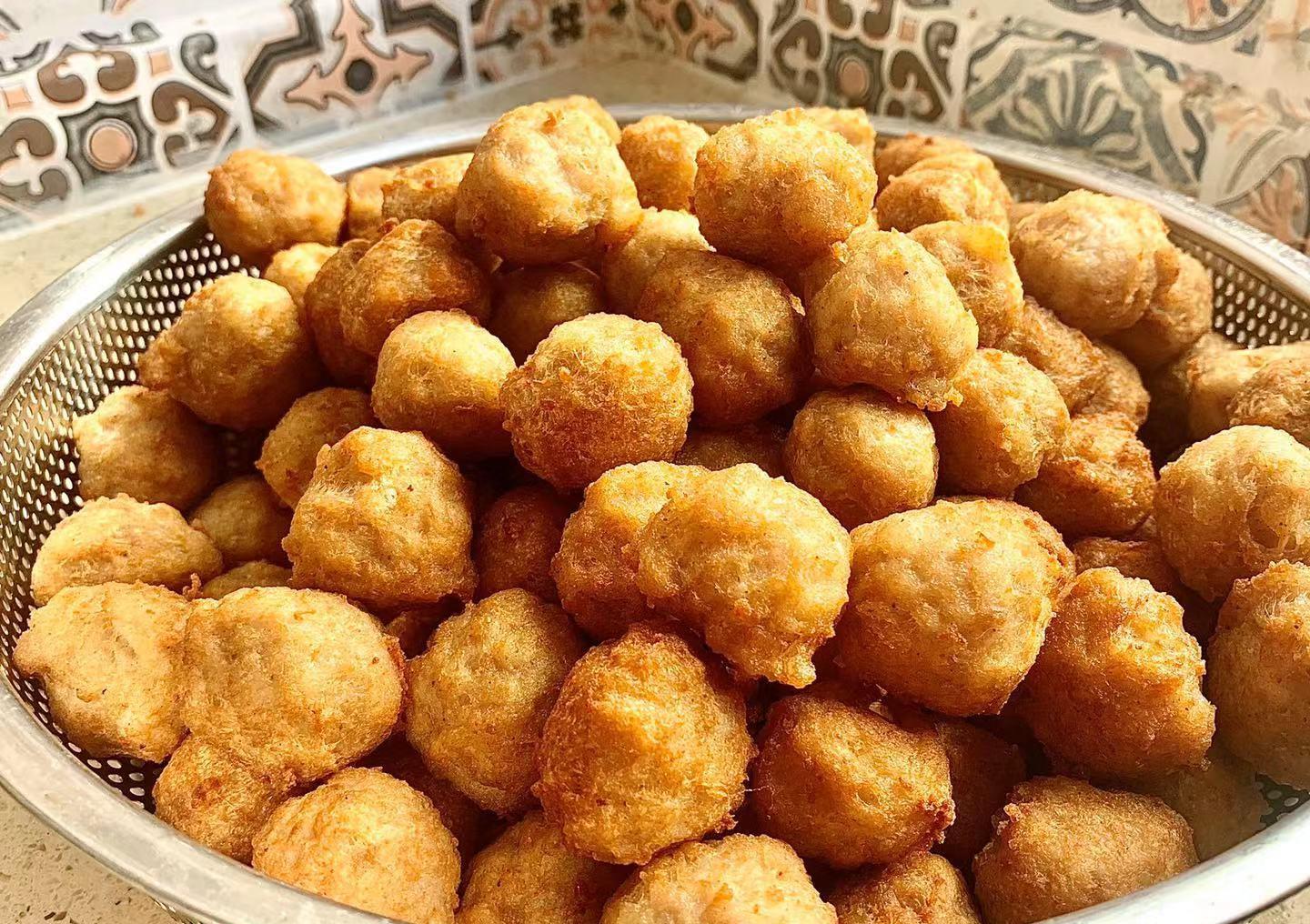
Meatballs or Veges-balls also have a favorable meaning of reunion. During the Chinese New Year, Chinese people always fry all kinds of meatballs and veggie balls. Children love them.
There are other snacks for the Chinese new year; this article just shared some most popular ones. Should you ever visit China during the lunar Chinese New Year, make sure you pay a visit to the local family and taste their home-made snacks. You will be amazed!
Chinese New Year: Origin, Superstitions, Customs, and Activities
Chinese New Year Gifts-Giving EtiquetteCopyright © 2019 Lily Sun China Tours International, Inc. Terms &conditions | Privacy Policy | Sitemap